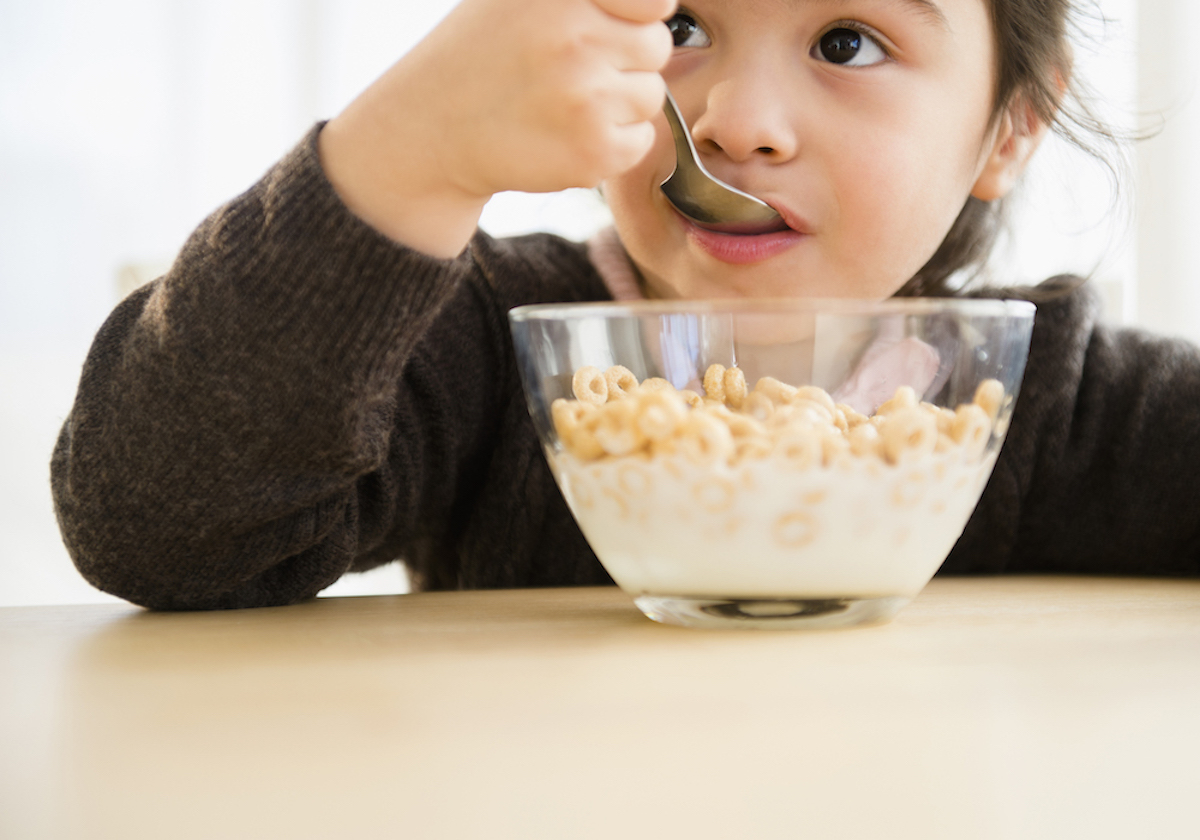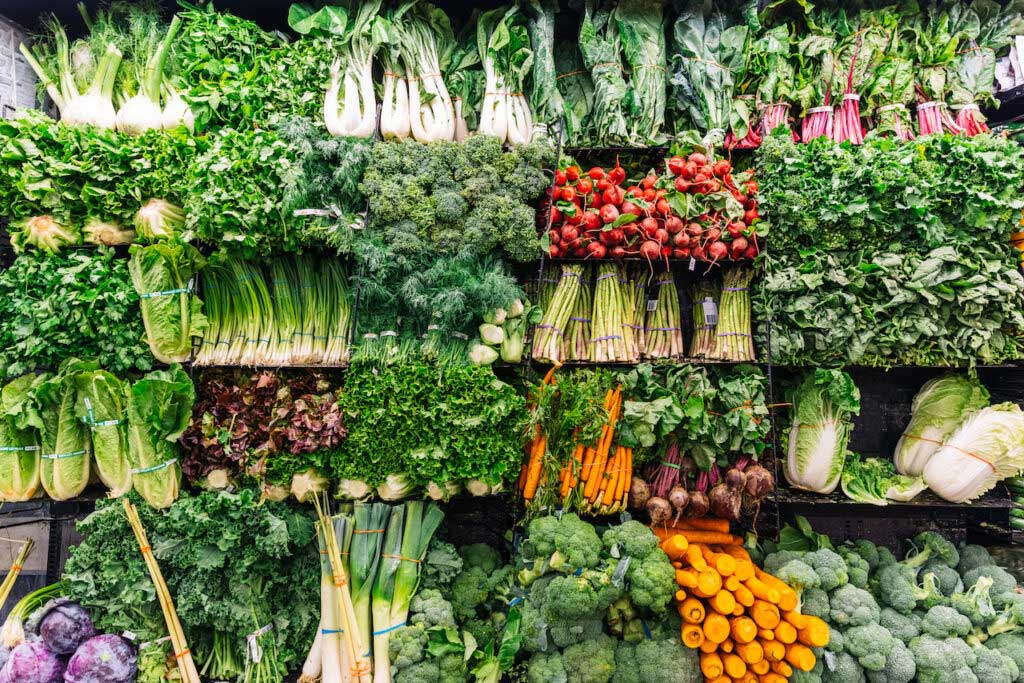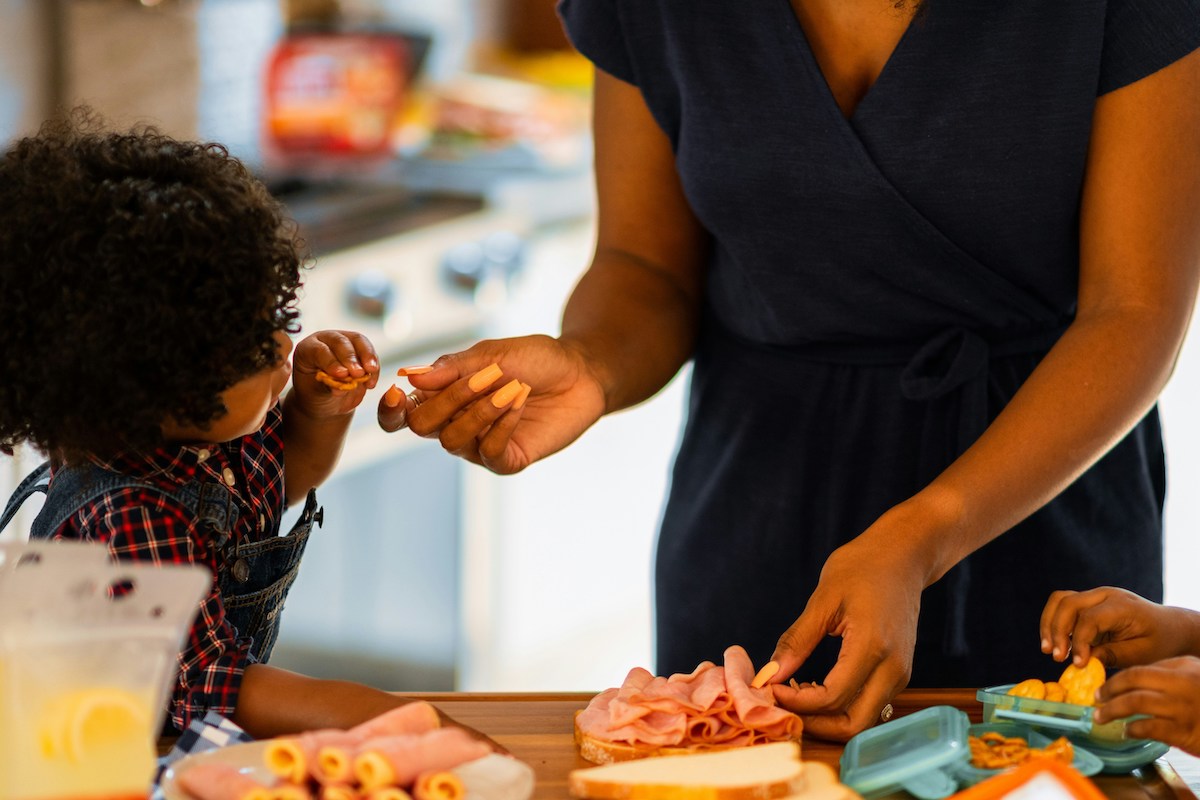What do you think of the new study CNN cites that one serving of ultra-processed food puts us at risk of heart disease, diabetes, and even death? Worse, another article says that kids consume about two-thirds ultra-processed foods in their diets. Should we be curbing the snacks our kids are eating at school and whatnot, or is this just a panic headline?
—More decisions
There is a very consistent — very consistent — correlation between the consumption of ultra-processed foods and many health issues. This includes, most notably, metabolic disorders like diabetes and obesity-linked disorders like cardiovascular disease and stroke. The new study that CNN is citing is a meta-analysis of 45 existing studies, linking consumption of ultra-processed foods to many negative outcomes.
The issue with these studies is that consumption of these foods is associated with other individual characteristics. Ultra-processed foods are cheap. They tend to be perceived as unhealthy. Consumption rates are higher among people who, for instance, have less access to health services, are less likely to exercise, and are more likely to smoke. As I’ve talked about before, separating out these factors in the data, especially with diet, is just extremely, extremely difficult.
In addition, ultra-processed foods tend to have a lot of calories per ounce, and it can be easier to consume those calories because they do not come with, say, fiber. (For example: you can easily drink the juice of 12 oranges in one sitting, but you cannot eat 12 oranges, even though the caloric load is the same. The fiber and other parts in the orange fill you up.) This means that high consumption of ultra-processed foods, on average, is going to result in high overall calorie consumption.
And while the links between calories and body mass index, and BMI and health, are both more complex than most people imagine, there is a relationship in the data between obesity and metabolic disease. It’s not the ultra-processing itself but the calories that matter.
What I take from spending considerable time with these data is that there is nothing wrong per se with ultra-processed foods. They aren’t literally poison, despite what the internet will tell you. The details matter. A food may be ultra-processed but have a good nutrient profile. Moreover, this is only one piece of a broader lifestyle. Exercise, sleep, your mental health — these things matter too.

















Log in